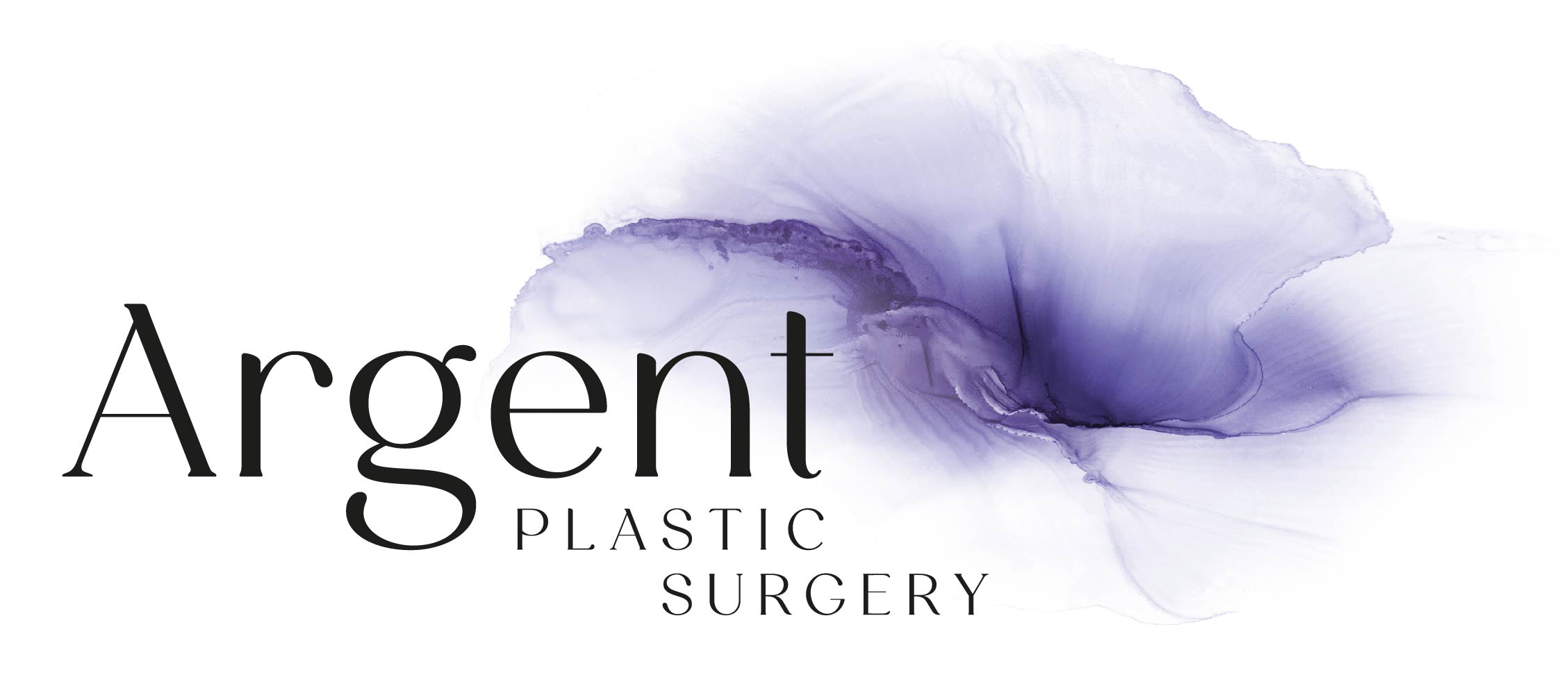What should I do now? First aid treatment
These are some immediate first aid management you should institute:
- Rinse the wound with water or antiseptic solution (if available) to keep it clean and to wash out the dirt and debris.
- If the wound is still bleeding, you can apply some direct pressure over it for several minutes with a clean towel or gauze.
- If the wound is still bleeding after 5 minutes of direct pressure, you should seek medical help.
- Do keep the wound covered with adhesive gauze / tape.
Wound Management
Management of a laceration is based on the location and structures involved, the type and extent of the wound, as well as the age of the patient. The laceration can be managed under local anaesthesia in the emergency department if your child is able to cooperate. Otherwise, sedation or general anaesthesia is required. For more extensive wounds, sedation or general anaesthesia may also be required.
There may also be a need for tetanus booster injection if the wound is highly contaminated or a booster dose is due.
When should I call a doctor?
Specialised treatment for laceration should be managed by a doctor. Please contact your doctor for lacerations and cuts that are:
- Bleeding heavily and continue to bleed after 5 to 10 minutes of direct pressure
- Deep or long
- Located near critical structures like the eyes
- Puncture wounds, especially if they are caused by dirty or rusty objects
- Embedded with debris such as gravel, dirt or stones
- Jagged edges
- Caused by a human or animal bite
- Showing signs of infection such as redness, warmth, discharge of pus
Post-operative Management / Wound Dressings
The repaired wound will be covered with a dressing for several days to allow optimal conditions for healing, to prevent infection and provide comfort to the patient. The type of dressing material used will depend on the underlying wound conditions. An appointment will be provided for the after care and management of the subsequent scar.
Medications will be provided to reduce infection, swelling and discomfort.
If you encounter this and are unsure what to do, do feel free to contact us.
Frequently Asked Questions about Lacerations and Cuts
Paediatric lacerations is covered under accident insurance or hospitalisation insurance, do check with your insurance agent for your insurance coverage.
Yes, steristrips and tissue glue are alternative management for more superficial type of lacerations.
An open wound that is left untreated may continue to bleed and cause discomfort. Furthermore, the risk of infection may also potentially increase.
The two edges of the wound may be mismatched and leave a scar that is irregular in configuration or broader than it should have been.
A laceration that is being surgically repaired will generally heal within one week. During this one week period, it is most ideal to have the wound protected with waterproof dressings.
Following this, the scar will need to be supported, as it gradually regains its original skin quality.
Will my wound heal fully? Will there be visible scars?
Yes, following laceration repair, your wound will heal beautifully. Ultimately, the scar will be a pale, flat and barely visible line. In a small group of patients who are genetically prone to developing keloidal type scars, additional management will be instituted to optimise the scar healing.
All scars will undergo a period of natural scar remodelling. In the first three to four months, there will be production of new collagen fibres and blood vessels to strengthen the scar, this may initially create a scar that appears slightly thicker and redder. Do not fret! This will settle down over the next three to six months naturally.
Using silicone based scar management will help enhance this process.



